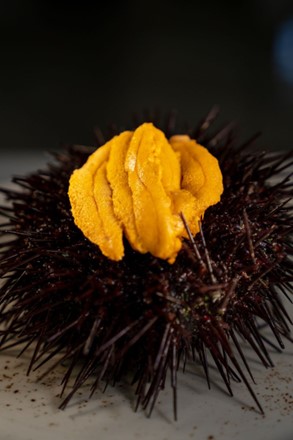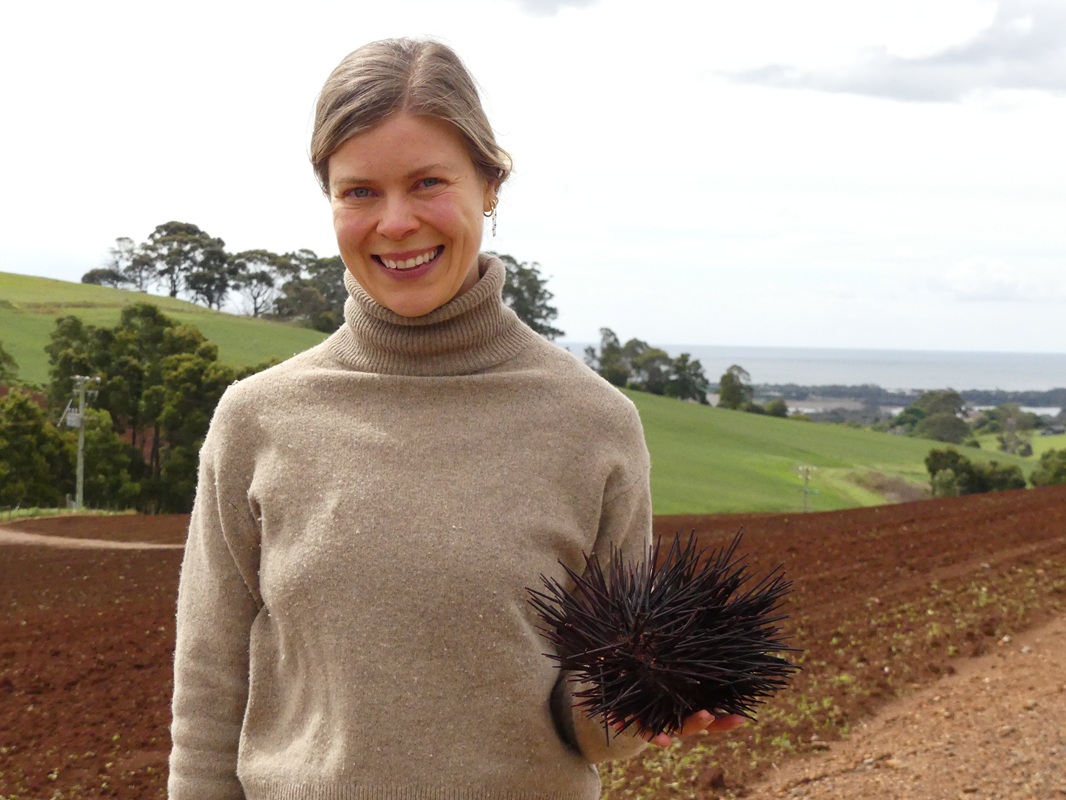An innovative approach to utilising the invasive Longspined Sea Urchin (Centrostephanus rodgersii) is showing great promise—transforming marine waste into a valuable, sustainable soil fertiliser.
Longspined Sea Urchin — or Centro as it's known to many - — has aggressively expanded across Tasmania and Victoria, devastating kelp forests and seabed habitats while threatening valuable marine species like rock lobsters and abalone.
In response, seafood processors have worked to develop markets for sea urchin roe—the highly sought-after edible portion, which accounts for only 8–9% of the urchin’s total weight.

However, this begs the question – what can be done with the hundreds of tonnes of leftover waste?
From Waste to Worth: A Sustainable Solution
Seeking an environmentally responsible alternative to landfill disposal—costing approximately $200 per tonne—researchers from the Tasmanian Institute of Agriculture (TIA) and the Institute for Marine and Antarctic Studies (IMAS) explored the potential of crushed sea urchin waste as a soil amendment.
“Rather than simply discarding this nutrient-rich by-product, we wanted to investigate its potential agricultural benefits,” explained Project Lead Harriet Walker, a Research Fellow at TIA.

Sea urchin waste is naturally high in calcium, nitrogen (compared to similar marine-based products), and essential micronutrients such as boron. Additionally, its composition meets Australian standards for composts, soil conditioners, and mulches—including those approved for organic farming.
Early trials indicated that sea urchin waste (SUW) could enhance plant growth, particularly in tomato crops.
To explore its financial and circular economy potential, FRDC funded further research under FRDC Project 2019-128, collaborating with fishers, farmers and scientists to assess its commercial viability as a fertiliser.
To scale up production, the team acquired and modified a food-waste processing facility—dubbed the ‘Urchinator’—to meet Australian regulatory standards while optimising efficiency.
“We found that the longer the waste is processed, the finer, drier and more homogenous the Sea Urchin Waste (SUW) product becomes,” Harriet noted.
Through multiple test runs as part of the project, researchers developed three viable solid SUW products and one liquid variant. While the liquid form did not meet agricultural expectations, the solid products demonstrated significant potential.

A series of pot and field trials were conducted to explore the fertiliser’s impact on various crops including sunflowers, grapevines, and popular fruits and vegetables such as green beans, potatoes, and apples.
“There’s definite promise,” Harriet advised, “but growers should proceed with caution due to the product’s salt content. However, for home gardens, especially in nutrient-poor soils, SUW could offer a viable alternative.”
Beyond its soil-boosting potential, the project’s economic analysis revealed that processing SUW was more cost-effective than traditional waste disposal—even if the final product was given away for free.
“It became clear that a simple grinding and heating process not only offers a more environmentally responsible waste management solution but also creates a product that fisheries could profit from,” Harriet concluded.
The Future of SUW in Sustainable Agriculture
One of the key advantages of SUW fertiliser lies in its alignment with circular economy principles, turning waste into a valuable resource while promoting environmental and social sustainability.
Looking ahead, Harriet says the research team is also eager to refine the process further by conducting a comprehensive life-cycle analysis.
“In future studies, we hope to explore the sustainability aspects of this process—particularly regarding energy use and carbon emissions.”
Dr Toby Piddocke, FRDC Research Portfolio Manager, highlighted the significance of interdisciplinary cooperation in achieving these results.
“We often work in silos, missing opportunities for cross-industry innovation. Agriculture is always looking for more organic matter and cost effective fertiliser options and is widely studied – aquaculture waste should be part of the solution.
The team is optimistic about the future, with additional results from the Marine Bioproducts Cooperative Research Centre (MBCRC) expected later this year. These will provide deeper insights into long-term effects and potential improvements to SUW processing and application.
Related FRDC Project
2019-128: Assessing the benefits of sea urchin processing waste as an agricultural fertiliser and soil ameliorant





